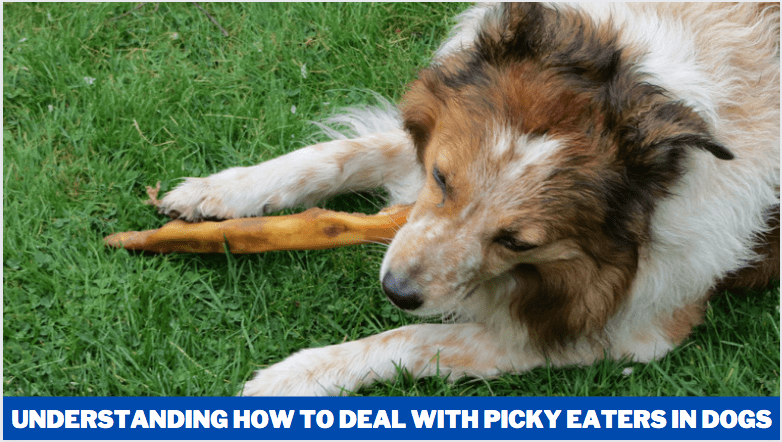Understanding How to Deal with Picky Eaters in Dogs
You provide your dog with delicious and nutritious dog food, but all your dog does is smell and lick at it. Although it is time for the next meal, the prior meal has not yet been eaten. It’s possible that you have a picky dog!
You may believe that your dog prefers or need diversity.
The truth is that your dog would happily eat the same food every day for the rest of his or her life; it is your responsibility to ensure that the food is pleasant and nutritious.
Your dog is descended from opportunistic hunters who were used to eating whatever they could get their hands on when the opportunity presented itself.
The root of the problem
Most of the time, the reason for a dog’s picky eating is not a result of the dog’s behaviour.
Most of the time, it is the result of humans providing table scraps or too many treats to the animals. Not only does this raise the likelihood of obesity, but it also has the potential to develop picky eating habits.
Your dog refuses to eat because he believes he will receive more fascinating food than what is now in the bowl.
The most effective strategy is to avoid feeding your dog from the table and to restrict the quantity of goodies you give him.
It’s important to remember that dogs and cats have dietary requirements that are different from ours, so what we eat isn’t necessarily balanced for them.
When your dog was younger, if you tried several different foods to find the one that worked best for him, it’s possible that you encouraged him to hold out for something better.
It is likely that your dog has you trained if you are opening many cans of food and trying to persuade him into eating something at every meal.
The following are effective methods of correcting this behaviour:
Make it clear to your dog that he has no other options.
Set your dog’s food out for 30 minutes at a time. If it isn’t consumed, it should be thrown away.
When it’s time for your dog’s next meal, put the food out again and remove it within 30 minutes, regardless of whether or not it’s been eaten.
In a day or two, your dog may begin to look around for additional things to eat. Maintain your plan of action.
Don’t give in to temptation! Your dog is not in any danger of going hungry. Your dog will consume food if he is hungry.
Even though you may have to put up with your dog’s dissatisfaction at first, this is a successful strategy for eradicating picky eating habits. In the long run, you’ll be glad you took the initiative.
If you want to make a change to your dog’s food formula, do so gradually:
Begin by blending new foods with old foods, and gradually increasing the amount of new foods while decreasing the amount of old foods until you reach your goal.
This will assist you in acclimatizing your dog to the new diet and preventing a hunger strike from occurring.
Consider mixing in a little amount of warm water with the dry food if you’re making the transition from wet to dry foods for your pet.
If your dog’s behaviour changes overnight and there have been no previous indicators of this behaviour, a medical illness could be the cause.
Keep an eye out for signs of vomiting, diarrhea, sluggishness, or weight loss in your dog. If you feel your pet has a medical concern, take him or her to the veterinarian right away.
Fact-Finding:
Thanks for reading and have a great day! Understanding How to Deal with Picky Eaters in Dogs!
Please post your thoughts in the comments section if you have any. Please feel free to share!

